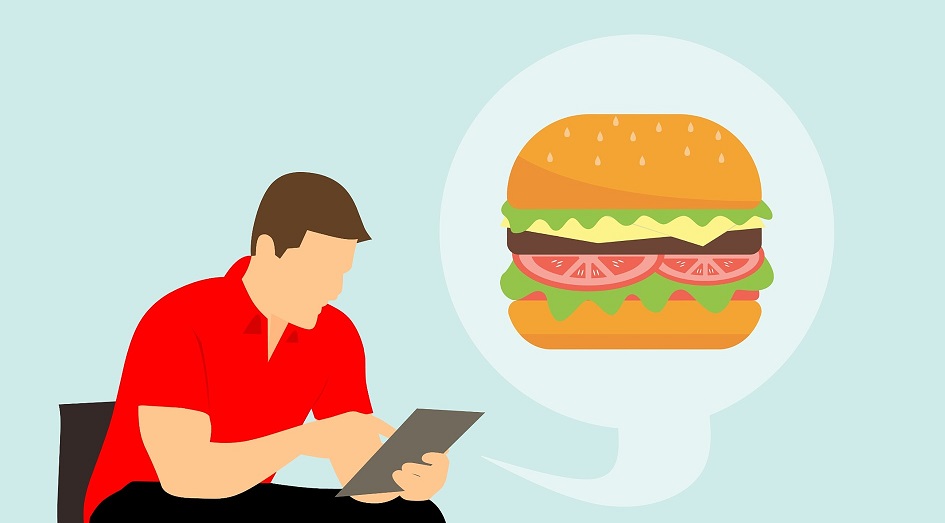Providing comprehensive nutrition information can be a complex undertaking for restaurants, but it’s something diners increasingly expect — especially now that menu labeling laws have taken effect. A new platform from restaurant nutrition company Healthy Dining aims to help restaurant brands offer personalized nutrition information that lets customers select their meal based on dietary goals and restrictions.
Restaurants can customize the MyMenu platform and ordering app to give consumers a user-friendly view of their menu’s nutrition information. The menu labeling rules that went into effect earlier this month require restaurants with 20 or more locations to list calories on menu boards, but for other nutrition information consumers often have to wade through cluttered charts that list ingredients and nutrition facts for every item on the menu.
“Restaurant guests definitely want nutrition and allergen information while on the go and it is almost impossible to do that with a nutrition pdf spreadsheet on a website,” said Anita Jones-Mueller, president of Healthy Dining. “MyMenu provides restaurants with a guest engagement platform that makes it easy for their guests to find menu items that meet their health, wellness and taste preferences — in a digital, personalized and interactive format.”

California Pizza Kitchen, Rubio’s and Souplantation are among the brands that currently offer MyMenu, and a larger rollout is planned for June with concepts including Sizzler, Wood Ranch and Urban Plates. Healthy DIning also plans to expand MyMenu beyond the traditional restaurant space through collaborations with enterprise partners that include universities, worksites and weight loss and wearables companies, Jones-Mueller said.
Diners using MyMenu can search for a menu item that meets their needs as-is, but the platform also allows for substitutions and customizations — such as swapping out one salad dressing for another or omitting an ingredient altogether. Customizable meals are in high demand among US diners, and it isn’t just taste that’s driving the build-your-own trend. Half of North American consumers follow some sort of special diet, according to a 2016 Nielsen survey. The most common special diets among North American respondents were those that restricted sugar, fat, sodium and carbohydrates.
According to data from restaurants that have already rolled out MyMenu, the top search criteria are calories, carbs, fat , wheat and dairy, as well as foods “Optimized for Healthy Weight,” Jones-Mueller said.
Beyond appealing to diet-conscious consumers, the benefit to restaurants and other companies using MyMenu is a new level of insight into their customer base. “The analytics are fascinating!” Jones-Mueller said. “A few highlights are, first, impressive numbers of people are accessing these restaurants’ MyMenu platforms. And second, over 50% of the searches — and some brands significantly more than 50% — are mobile-based.”
MyMenu doesn’t have its own dedicated app, but restaurants can integrate it into their mobile site or existing app. Offering a mobile-friendly solution could help eateries attract consumers who are researching where they want to eat and those who are already in the store and want more information than the menu can provide.
“We are also able to provide the restaurants with menu items viewed — so that is also very interesting!” said Jones-Mueller, who explained that these analytics can help guide restaurants’ R&D, culinary, marketing and communication initiatives.
__________________________________________________
If you enjoyed this article, join SmartBrief’s email list for more stories about the food and beverage industry. We offer 20 newsletters covering the industry from restaurants to food manufacturing. And be sure to follow us on Twitter for the latest industry news.
